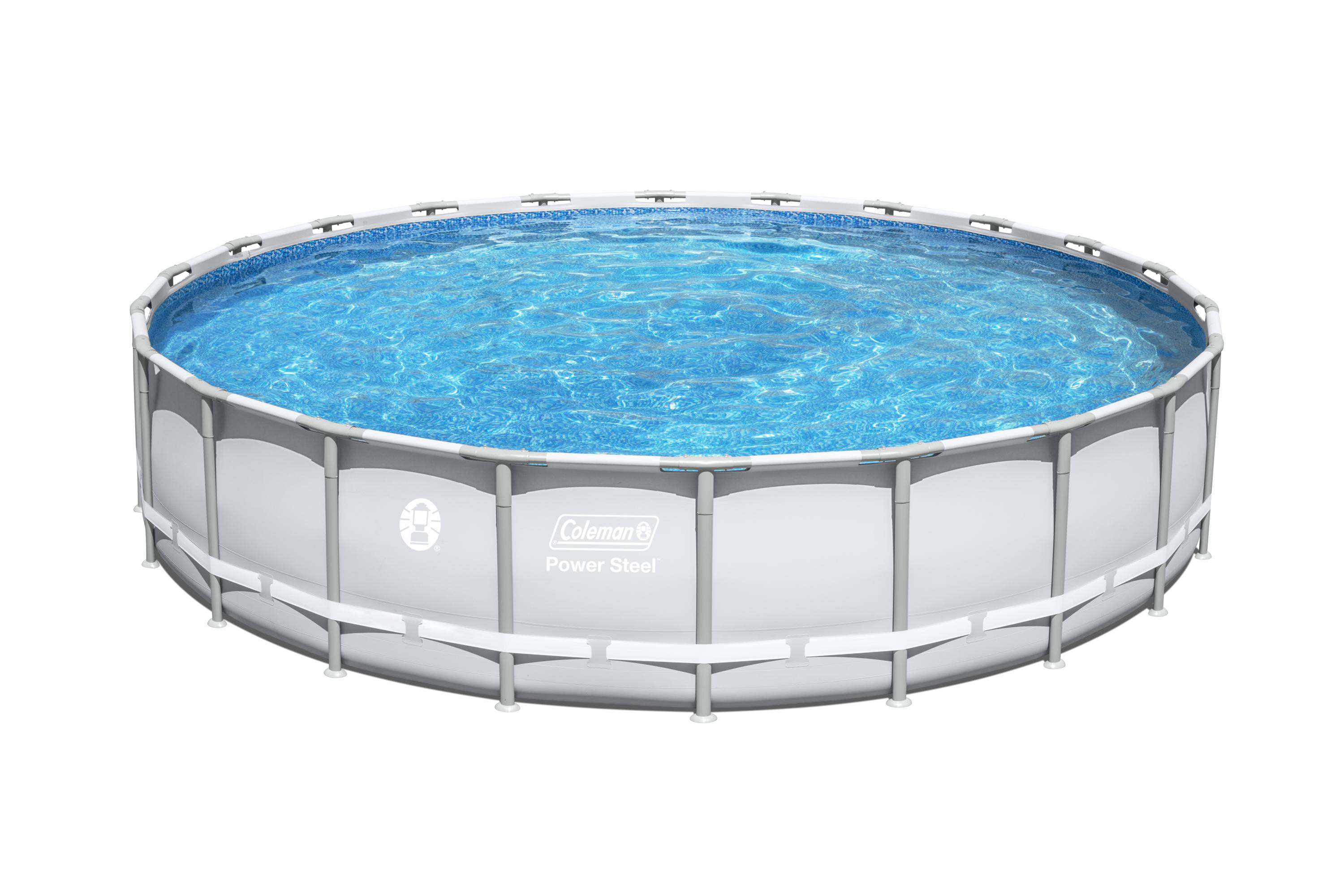
Leaking Under the PoolĬoleman pools are said to be one of the most leak resistant type of swimming pool, but it is not water tight. Shock will not treat a stagnant or turbulent pool, the ideal condition for algae growth to thrive. This should help eliminate the algae.Īlternatively, you can go with the self-cleaning feature by using shock. Another thing you can do is purchase special algaecides. Pick up the rate of circulation and add chlorine to the water. The murky appearance isn't anything to panic over, but you do need to get rid of it as soon as possible. The pool looks absolutely gross, but worry not while algae can be annoying, it doesn't pose a threat to the health of your water. Algae Afflictionįor those who live within 5-degrees of the equator, the most obvious symptom is the green, almost slimy, patina that washes over the entire pool surface. If this is the case, contact your local pool store or swimming pool technician. It may need to be cleaned out or, in some cases, it may need to be replaced. A sand filter needs regular maintenance to keep it working properly. If not, fix the problem by replacing your pool's sand filter. Then, put your filter back on and the problem should be fixed. If there are, use a long-shafted pick and get rid of them. To fix this, check your pipes to make sure there are no obstructions. If you have a pool with no rocks or pebbles, then the bubbles might be coming from the pipes. It is normal for bubbles to come to the surface of a pool. You might be thinking, "You mean the bubbles are supposed to be there? Because if they are, I think that is gross!" You might be making a gross assumption about the bubbles. If the problem persists, your filtration system is fine. To fix this, turn the filter off, remove any obstructions from the filter and then restart the filter. For example, if your filter is not running smoothly, that will cause bubbles. If there are bubbles in your pool, first make sure that it is not a leak. Put the pump in the tank and the hose in a tub of water.

If the filter is functioning, do a test run of your pool's pump. If the pump is plugged in, make sure the cord is not damaged and that the filter is functional. If you find nothing wrong with the pump, you may have a problem with your pool's filter. Don’t forget to look in the impeller housing! Rinse the pump thoroughly with clear water. Brush until the pump is completely clean of scale and debris.

Make sure you don’t get any soap directly in the pump because it will destroy it. To remove scale, use a toothbrush and warm, soapy water. If it is not noisy outside the water, you might find out that it has a buildup of scale that reduces pump functionality. If your pump is noisy, remove it from the water to test.


 0 kommentar(er)
0 kommentar(er)
